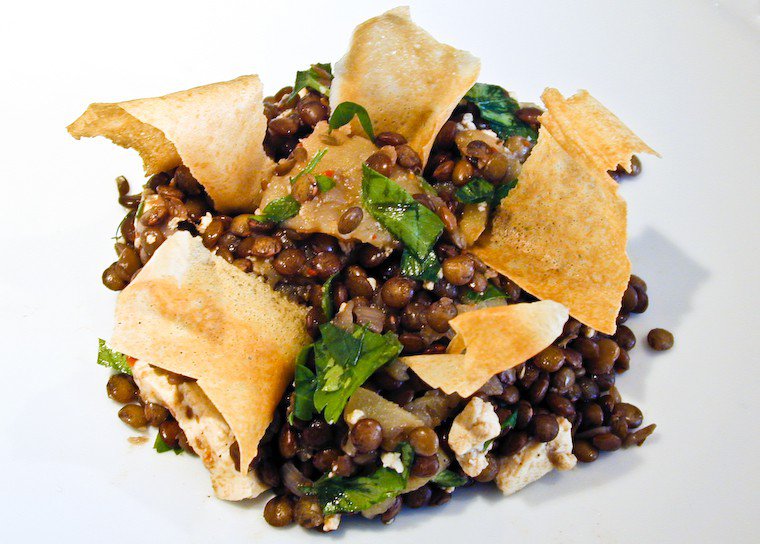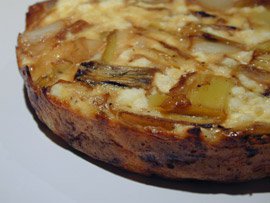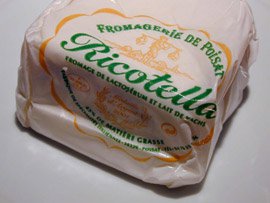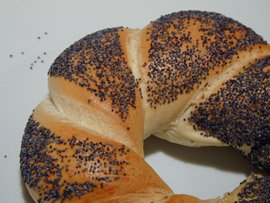Salade de Lentilles Pomme et Cumin
This past Saturday, our dear friends Laurence and Jean-Christophe threw a housewarming party (pendaison de crémaillère if you remember) in their cool new apartment, just off Bastille. Laurence had asked if we could bring a little something and I had gathered from reliable sources that Marie-Laure and Ludo were going to bring Ludo’s famous cheesecake. I felt that the sweet ground was thus amply covered and decided to make a salad.
I didn’t feel like going to the store to pick up ingredients, so I played a little game of peek-in-the-fridge-rummage-the-kitchen-cabinets-forage-the-drawers, which resulted in this lentil and apple salad, featuring a little tofu for protein and color contrast, and flavored with shallots, cumin and chopped parsley.
I also had a few sheets of brick dough leftover. Brick dough is a very thin wheat dough, somewhat similar to phyllo dough, which is used in North African cuisine. Brick dough tends to dry out pretty quickly once the package is open, so I had the idea of baking the ones I had left into pretty little toppings to decorate the salad.
I very much liked how this salad turned out, and I received very kind compliments from the guests at the crémaillère. And there is also a particular charm to serendipitous recipes, no?








